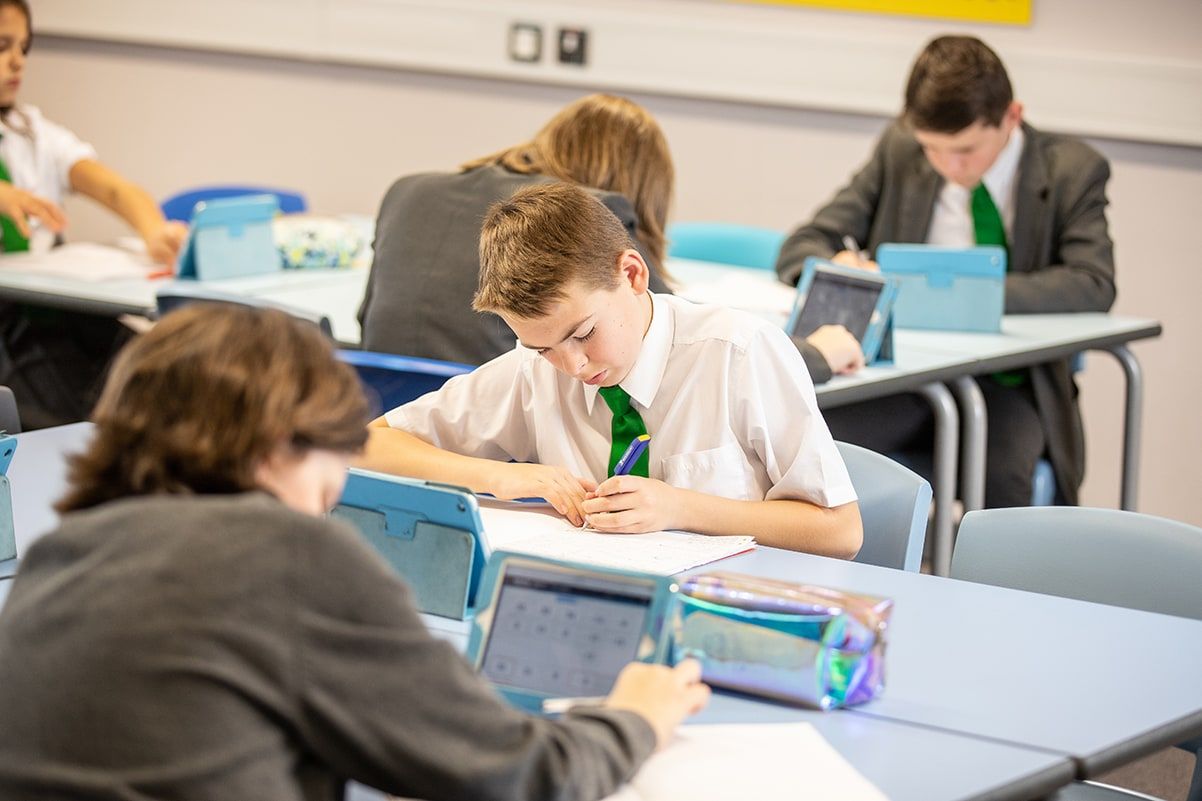
Pedagogy and edtech: Does technology benefit all types of learners?
Published
Thursday, 30 May
Author
Mark Rosser
Categories
Blog
May
Share
Providing equally strong learning experiences for all pupils is a difficult task, especially in classes where abilities vary greatly, but it is part and parcel of teaching. Profiling and differentiating your pupils is a key step in overcoming this challenge, because it helps you identify the different types of learners and personalities that are present within your class – which then gives you a clearer idea of what you need to do to engage each and every pupil.
This content is restricted to BESA members
LoginNot yet a member?
Become a part of the BESA community and unlock exclusive business advantages, including:
- Trusted provider status to enhance your industry credibility
- Exclusive discounts on major exhibitions and events
- Access to vital sector insights with resources like the BESA Barometer and Compass reports
- Networking opportunities with industry leaders
- Exclusive business benefits designed to help your organisation thrive
Join now and take advantage of BESA's membership benefits to stay ahead in the industry.
Become a member